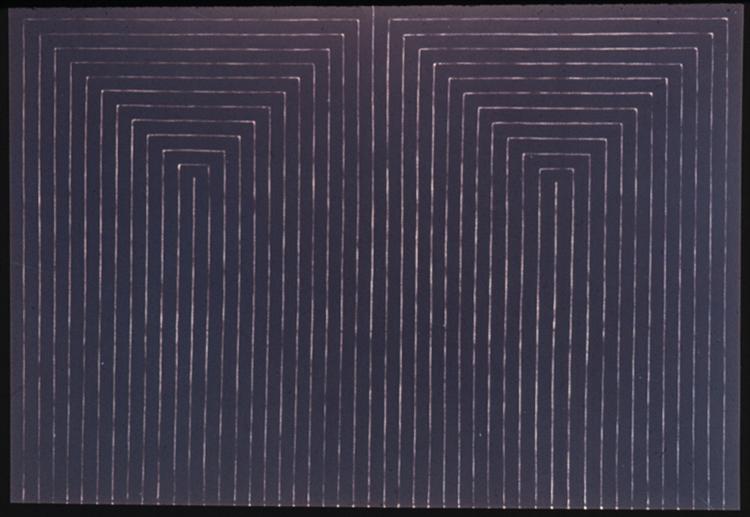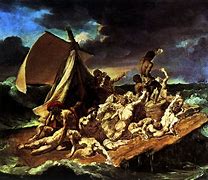Yemeni Art Showcase

For this blog I have gone over primarily Western art history. With this entry I would like to take time to talk about non-western artists and their works, as their contributions to the art world are just as significant. With that, I would like to present contemporary art from the country of Yemen. Entry in The Walls Remember Their Faces Murad Subay (2012-2013) The past thirty years have seen great political and civil strife in multiple middle eastern countries, including Yemen. In 2011 the acting president of Yemen, Ali Abdullah Saleh, resigned as the leader of the country following widespread civil outcry against his autocratic leadership. Following this peaceful revolution, the country was led to a constitutional convention by his vice president, backed by the United States government. However, no agreement was reached in the delegations. Multiple groups vying for power were unable to reach acceptable terms and have been jo...





